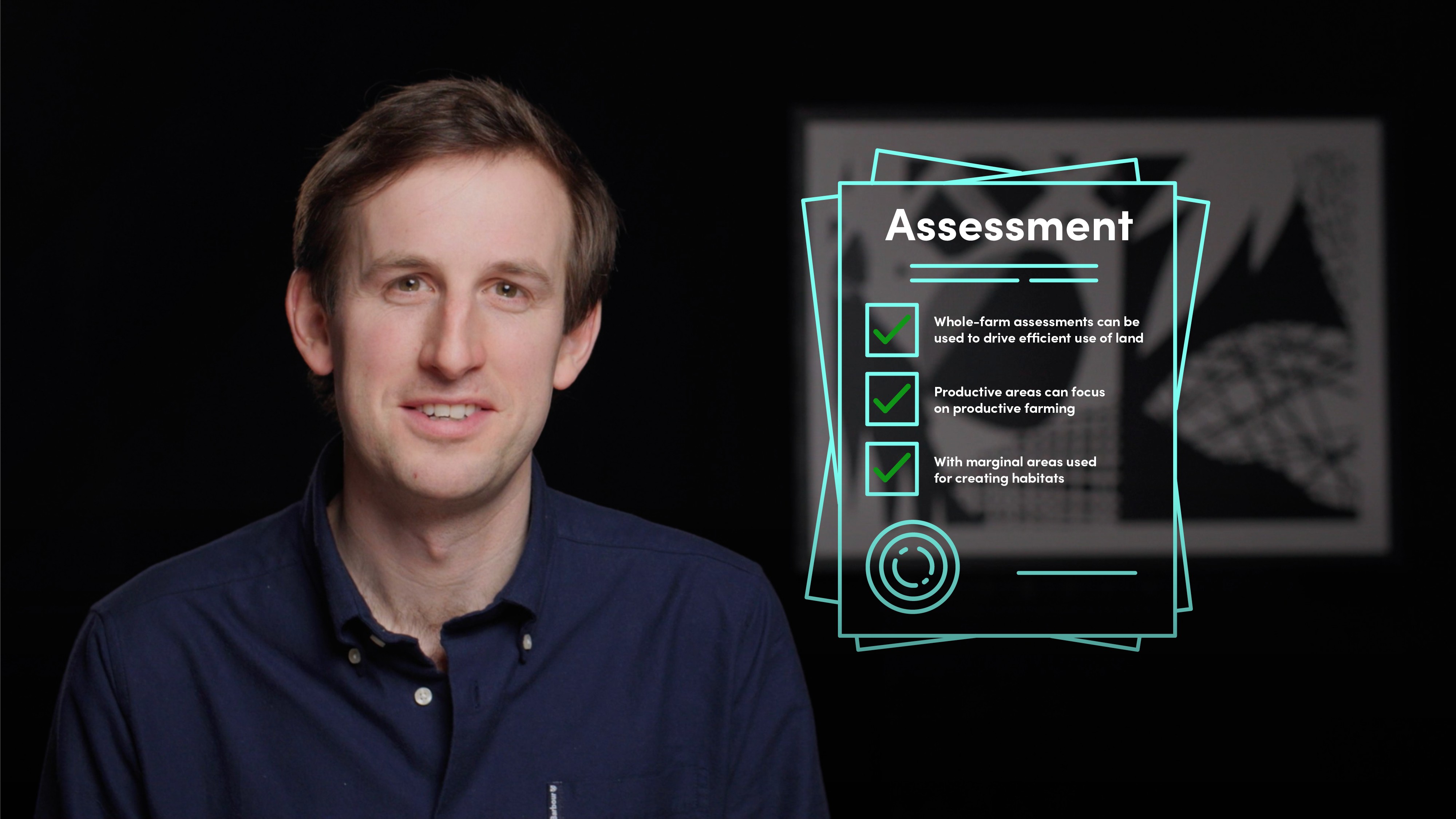
Introduction to Sustainable Agriculture and Farming

Oliver Knight
15 years: Agricultural specialist
Let’s talk about solutions. Join Oliver Knight as he walks us through how successful sustainable farming can be achieved - using modern techniques as well as traditional practices.
Let’s talk about solutions. Join Oliver Knight as he walks us through how successful sustainable farming can be achieved - using modern techniques as well as traditional practices.
Subscribe to watch
Access this and all of the content on our platform by signing up for a 7-day free trial.

Introduction to Sustainable Agriculture and Farming
7 mins 28 secs
Key learning objectives:
Learn the requirements for sustainable farming
Understand how sustainable farming methods work
Overview:
A successful transition to sustainable farming would need to address concerns such as water quality, flood risks and carbon emissions. This can be achieved using the following steps: using baselines to show improvements, using crops and nutrient budgeting efficiently, and incorporating technology and whole-farm assessments.
Subscribe to watch
Access this and all of the content on our platform by signing up for a 7-day free trial.
What are some of the requirements for sustainable farming?
1. Baselines
Measuring, monitoring and demonstrating improvements requires clear baselines, at national and farm level. They increase transparency, helping to demonstrate improvements, which makes engagement much more straightforward.
2. Sustainable farming practices
- A. Cover
‘Cover crops’ are non-productive crops sown in between growing cycles to ensure continuous cover of the soil. These protect soils, reducing loss to erosion, and can improve soil health through introducing different roots into the soil. - B. Diversity
Incorporating legumes into crop rotations can fix nitrogen into the soil - taking advantage of the 80 tonnes of atmospheric nitrogen above each hectare. Increasing the diversity of grasslands and cover crops can increase root diversity, regenerating soils. - C. Efficient use of nutrients
Nutrient budgeting can be used to manage inputs, including substituting synthetic inputs for organic inputs, for example manure, hen muck, mushroom compost. Budgets can also help with targeted application of inputs, moving away from blanket approaches. - D. Habitats
Integrating habitats into farmland can support biodiversity and harbour natural predators, for example through field margins, hedgerows and integrated pest management. - E. Livestock Health
More detailed planning approaches to livestock health, including precision nutrition and disease management, improve efficiency and reduce emissions. For example, healthier stock will reduce losses of animals to disease, reducing emissions per kilo of output. - F. Mixed farming
Many of today’s forward-thinking practices are in fact reverting to traditional practices, before industrialisation. For example mixed farming - the value of livestock grazing on early season crops to remove diseased leaves, fertilise fields, and relieve grazing land elsewhere is becoming popular again.
3. Technology
Precision techniques can take many forms and are already in use with advanced GPS-controlled machinery. Satellites, sensors and new hand-held devices can help monitor diseases, nutrients and minerals, as well as moisture content and soil health.
4. Emissions
Reducing emissions from farming requires monitoring and management. A whole-farm emissions baseline assessment can point to greatest areas of focus.
5. Land-use
Whole-farm assessments can be used to drive efficient use of land, helping to address multiple objectives strategically. Productive areas can focus on productive farming, with marginal areas used for other goals, for example creating habitats, which can also in turn support the productive farming.
Subscribe to watch
Access this and all of the content on our platform by signing up for a 7-day free trial.

Oliver Knight
There are no available Videos from "Oliver Knight"






















